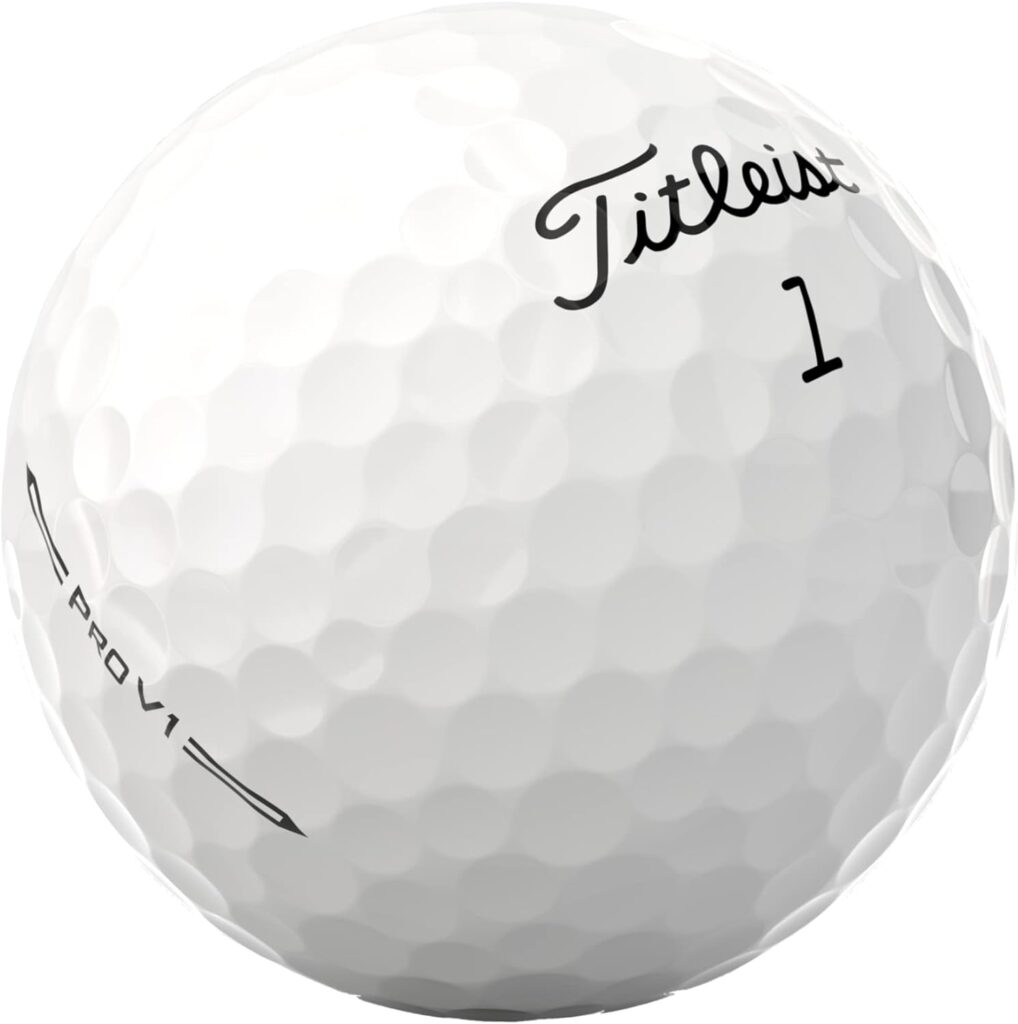As golfers, we pay meticulous attention to our equipment, and one often-overlooked aspect is golf ball number. Have you ever wondered what that number signifies? Is it just a random digit, or does it hold a deeper meaning?
Now, we’ll unravel the mystery behind golf ball numbers. From the significance of the number to how it impacts your game, we’ve got it all covered.
Understanding Golf Ball Number Means
Let’s start by figuring out what the number on a golf ball means and why it’s more than just a number.
Deciphering the Golf Ball Number
The number on a golf ball serves many purposes, and it’s not there by chance. Here’s what it represents:

- Identification: The most clear function of the number is identification. If you are playing with other people or in a game, the number helps you tell your ball apart from others. This is particularly crucial when many golfers are using the same brand and type of ball.
- Ball Brand: Often, the number on a golf ball indicates the ball’s brand. For instance, Titleist Pro V1 balls often have a number 1 or 2 printed on them. Understanding this connection can help you quickly identify the manufacturer of a ball.
- Compression Rating: The number on a golf ball can also signify its compression rating. While this is not always the case, certain manufacturers use numbers to denote different compression levels. A lower number corresponds to a softer ball, while a higher number indicates a firmer ball.
Single Digit or Double Digit: Does It Matter?

Golf balls have either a single-digit number (1-9) or a double-digit number (10-99). Let’s explore what this choice means:
- Single-Digit Number: Balls with single-digit numbers are often used by professional male golfers. These numbers are usually seen on premium balls like Titleist Pro V1, and they serve both as identification and branding.
- Double-Digit Number: Golf balls with double-digit numbers are more common among amateur players. They provide a broader range of options and are often chosen for superstitious or personal reasons. For example, some golfers have lucky numbers or prefer numbers with personal significance.
Ball Dimples and Their Role
The number of dimples on a golf ball is another intriguing aspect. While it’s not related to the printed number, it’s essential to understand the significance of dimples in the performance of the ball.
- Impact on Flight: The dimples on a golf ball are not for aesthetics. They play a crucial role in the ball’s aerodynamics. Dimples help reduce drag, allowing the ball to maintain lift and stay in the air longer. This leads to increased distance and better performance.
- Varying Numbers of Dimples: The number of dimples on a golf ball can vary, but it’s generally between 300 and 500 or more. Manufacturers choose the number and arrangement of dimples on a ball to make it as well as possible.
Choosing the Right Golf Ball Number
Now that we’ve explored the meaning behind golf ball numbers let’s discuss how to choose the right one for your game.

Consider Your Playing Partners
If you often play with others using the same brand and type of golf ball, choosing a different number can make identification easier. This is particularly important in team play or tournaments.
Superstitions and Lucky Numbers
Many golfers have superstitions or lucky numbers that influence their choice of golf ball number. If you have a number that brings you luck or holds personal significance, don’t hesitate to choose it.
Compression Rating
If you want to know how something will work, look at the compression rating that goes with a certain number. If you prefer a softer ball, look for a lower number, and vice versa.
Experiment and Check
The best way to choose the right golf ball number is through experimentation. Try different numbers and see if you notice any performance differences or personal preferences. The golf ball you feel most comfortable with will likely yield the best results on the course.
Conclusion
In conclusion, a golf ball’s number is much more than just a chance number. It has important uses like identifying, marking, and even showing how much compression there is. Whether you play golf for a living or just for fun on the weekends, knowing what the number on your golf ball means can help you enjoy this important piece of equipment in a new way.
So, before you tee off the next time, take a moment to figure out what your golf ball number means. You’ll be able to enjoy the game more if you know more about your gear.

